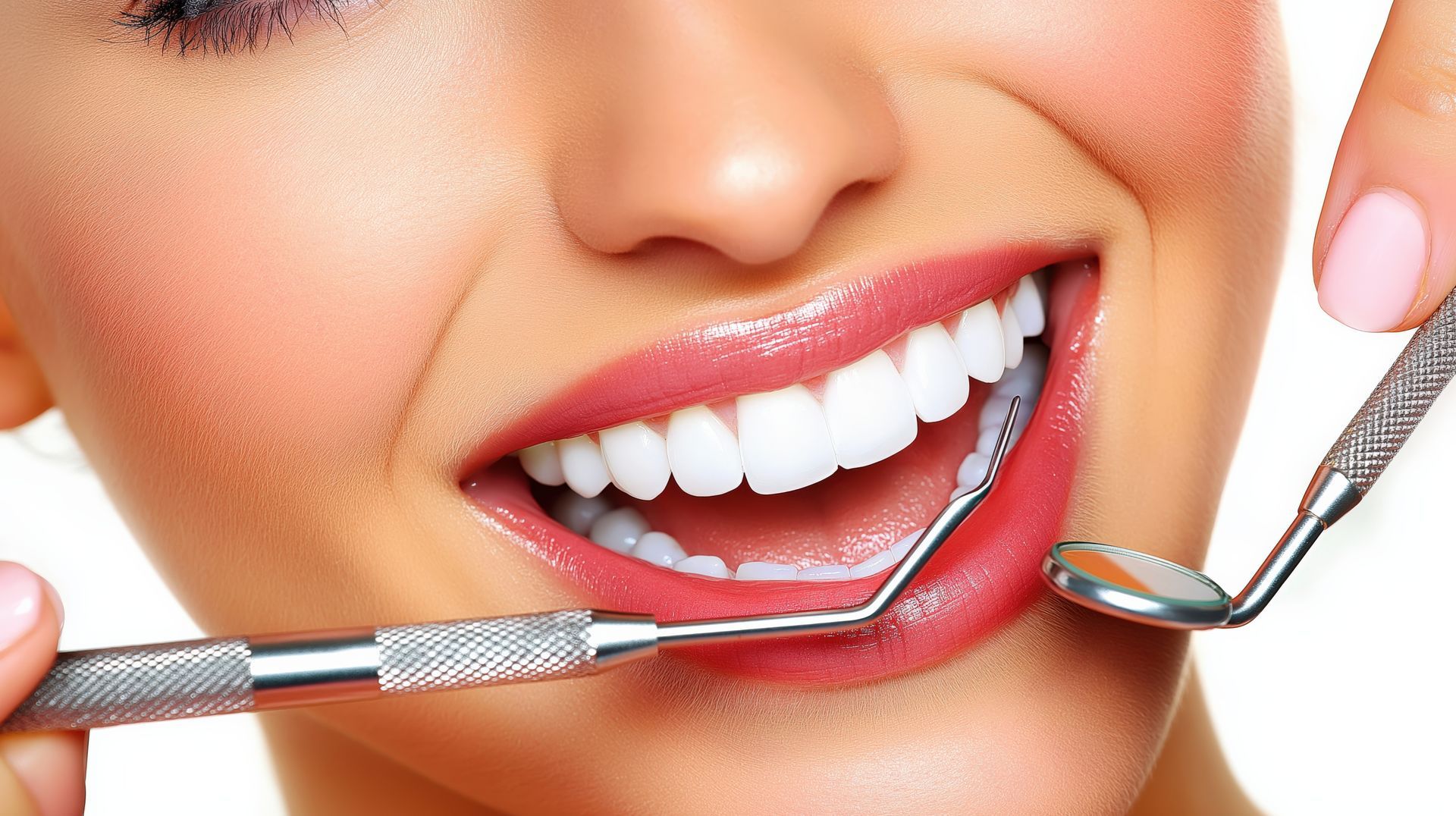Is Cosmetic Dentistry Covered By Insurance? What To Know
Understanding Insurance Coverage for Cosmetic Dentistry: What You Need to Know

When achieving the perfect smile, many individuals turn to cosmetic dentistry procedures. Whether it's teeth whitening, veneers, or dental implants, these treatments can significantly enhance the appearance of your teeth. However, before diving into cosmetic dentistry, it's essential to understand the role of insurance coverage in these procedures. This article provides insights into cosmetic dentistry coverage and helps determine if your insurance plan covers these treatments.
Understanding Dental Insurance
Before delving into the specifics of insurance coverage for cosmetic dentistry, it's crucial to understand the fundamentals of dental insurance. Dental insurance typically falls into two categories: preventive and restorative. Preventive treatments encompass routine dental care such as cleanings, check-ups, and X-rays to maintain oral health. Restorative dentistry procedures, on the other hand, involve treatments like fillings, crowns, and root canals, addressing dental issues and restoring teeth functionality.
Cosmetic Dentistry: Procedures and Their Costs
Cosmetic dentistry primarily focuses on enhancing the aesthetic appeal of your teeth rather than addressing functional problems. Popular cosmetic procedures include teeth whitening, dental veneers, orthodontic treatments, dental bonding, and dental implants. Each procedure has unique benefits and costs that vary based on case complexity, location, and dentist expertise.
Insurance Coverage for Cosmetic Dentistry
Most dental insurance plans classify cosmetic dentistry procedures as elective or cosmetic, impacting their coverage. Typically, insurance providers do not cover dental treatments solely intended for cosmetic purposes. However, there are situations where insurance may partially cover cosmetic dentistry procedures if they also serve a functional purpose.
In specific cases, insurance plans may partially cover the cost of a dental implant if it restores chewing ability. Likewise, orthodontic treatments like braces or
Invisalign may receive partial coverage to correct a bite misalignment.
To understand the coverage of cosmetic dentistry procedures, carefully review your dental insurance policy or directly consult your insurance provider. They can provide you with the most accurate information regarding coverage and any potential limitations or exclusions.
Determining Coverage For Your Cosmetic Procedure
To check if your insurance plan covers a specific cosmetic dental procedure, follow these essential steps:
- Contact your dental insurance provider and inquire about coverage for the procedure you're considering. They can provide details on coverage, limitations, and pre-authorization requirements.
- If your insurance plan requires pre-authorization for cosmetic procedures, obtain this documentation before starting the treatment. Pre-authorization ensures that you understand your coverage and helps prevent any unexpected expenses.
- Consult with your dentist: Your dentist plays a vital role in determining a cosmetic procedure's necessity and potential functional benefits. If applicable, they can provide supporting documentation and communicate with your insurance provider to advocate for coverage.
By taking these steps, you can gain clarity on whether your insurance plan will cover the cosmetic dentistry procedure.
Alternatives and Strategies for Managing Costs of Cosmetic Dentistry
If your insurance plan does not cover the cosmetic dentistry procedure you desire, there are alternatives and strategies available to help manage the costs:
- Flexible Spending Accounts (FSAs) or Health Savings Accounts (HSAs): These accounts let you save pre-tax funds for dental expenses, including cosmetic procedures. Utilizing these accounts can make the cost of treatment more manageable.
- Financing options: Dental offices often provide financing options or payment plans for spreading the cost of cosmetic dentistry treatments over time. Exploring these options can make the procedures more affordable.
- Comparing prices and seeking multiple opinions: Researching dental offices, comparing prices, and seeking multiple opinions can help you find affordable options without sacrificing quality of care.
By exploring these alternatives and strategies, you can find ways to make cosmetic dentistry more accessible within your budget.
Understanding insurance coverage for cosmetic dentistry is crucial when considering these elective procedures. Although dental insurance plans usually don't offer full coverage for cosmetic treatments, reviewing your policy and consulting with your insurance provider can help you understand the extent of coverage for specific procedures. By being proactive and considering alternatives, you can manage cosmetic dentistry costs while achieving your desired smile.
FAQs:
Q: Does dental insurance cover cosmetic dentistry?
A: Insurance providers typically do not cover cosmetic dentistry procedures because they consider them elective or cosmetic in nature.
Q: Are there any situations where insurance may cover cosmetic dentistry?
A: In some cases, insurance may provide partial coverage for cosmetic dentistry if the procedure also serves a functional purpose. For example, replacing a missing tooth with a dental implant or correcting a misalignment that affects the bite with orthodontic treatments.
Q: How can I determine if my insurance covers a cosmetic dentistry procedure?
A: To determine coverage, contacting your insurance provider and inquiring about the specific procedure you are considering is recommended. They can provide the most accurate information regarding coverage, limitations, and pre-authorization requirements.
Q: What are some alternatives for managing the costs of cosmetic dentistry?
A: If your insurance plan does not cover cosmetic dentistry procedures, alternatives include utilizing Flexible Spending Accounts (FSAs) or Health Savings Accounts (HSAs), exploring financing options dental offices offer, and comparing prices while seeking multiple opinions to find more cost-effective options.
Q: How can I make cosmetic dentistry more affordable?
A: To make cosmetic dentistry more affordable, you can explore alternatives such as FSAs or HSAs and financing options or payment plans offered by dental offices. Research different dental offices to find more competitive prices.


